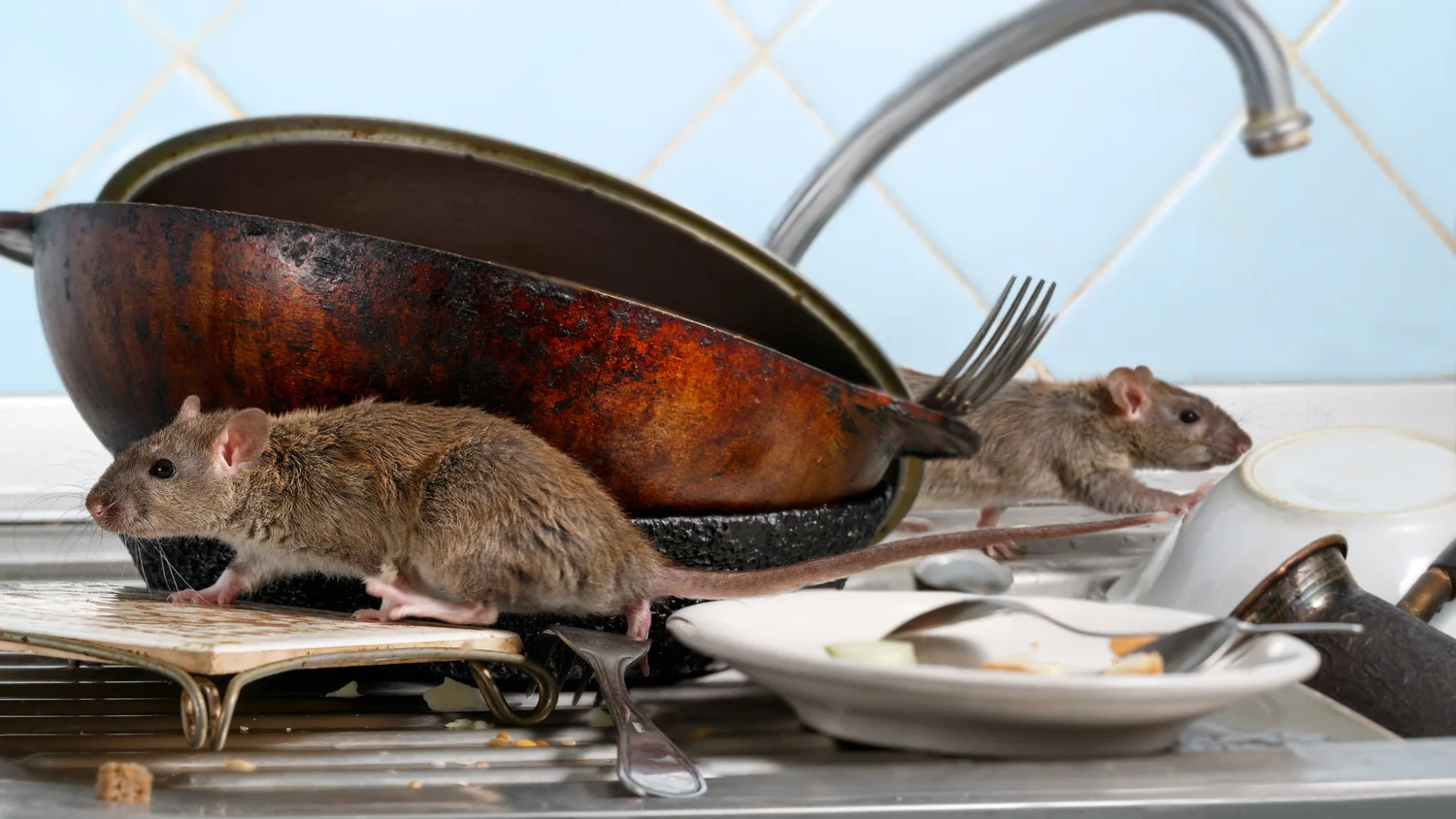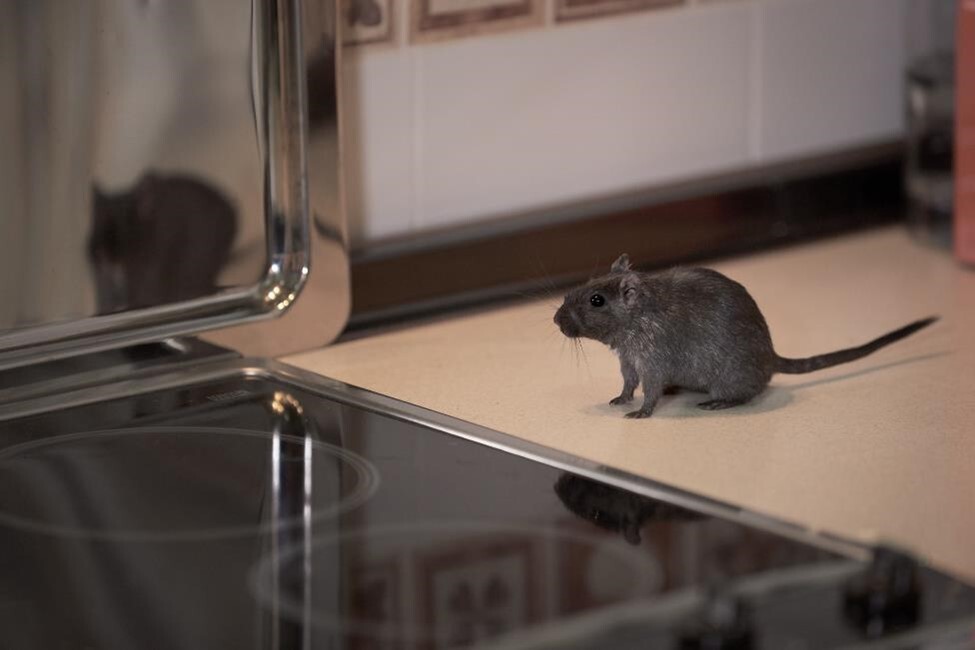How to Stop Pest Entry in Walls: Tips and Strategies?
Share
Dealing with pests is a common issue faced by many homeowners. The primary battleground is often within the walls of your home where these uninvited guests establish themselves. To tackle this problem, understanding how to stop pest entry in walls becomes crucial for maintaining a pest-free environment.
Stopping pest entry in the walls isn't just about aesthetics; it is about protecting your home from potential damage and health risks. Walls provide the perfect hiding spots for many pests due to their concealed nature, sheltering them from predators and harsh weather. By addressing this concern, you ensure the safety and integrity of your home.

Understanding Common Wall-Dwelling Pests
It's essential to differentiate between various types of pests that frequently enter and nest within the walls. Some of the most common culprits include rodents, ants, termites, and even cockroaches. Each of these pests has unique entry methods and hiding habits.
For instance, rodents are capable of squeezing through very small gaps, while termites can make their way through wooden structures. Understanding these behaviors helps in crafting effective prevention strategies tailored to each pest.
Identifying Entry Points
The first step in solving the problem is identifying potential entry points through which pests can infiltrate your walls. These include cracks in the foundation, utility lines, gaps around doors and windows, and any unsealed openings. Regularly inspect your home to identify these vulnerable areas.
Sealing these entry points using materials like steel wool, caulk, and weather stripping goes a long way in deterring pests from infiltrating your walls. Regular maintenance checks ensure that these seals remain intact and effective.
Leverage Natural Deterrents
In addition to sealing entry points, using natural repellents can enhance your homes pest defense. Essential oils such as peppermint and eucalyptus are known to repel insects like ants and spiders. These natural deterrents can be applied around potential entry points and within the walls if accessible.
Similarly, keeping your home clean and free of food debris is an uncomplicated, yet extremely effective method of preventing pest attractions. Pests are typically attracted to the scent of food, so keeping surfaces clean reduces their motivation to invade.
Regular Pest Control Measures
Employing regular pest control measures can greatly assist in keeping pests at bay. Scheduling routine inspections by pest control professionals ensures any potential infestations are caught early. For DIY methods, ultrasonic devices offer an eco-friendly pest control option that can cover large areas, such as home interiors including walls. Find more about effective pest control techniques to enhance your strategy.
Additionally, modern pest control devices, like electronic traps and bait stations, can be effectively placed within wall spaces to capture pests. To explore more on pest control tools and traps, Mastering Pest Control might provide some valuable insights.

Specialized Solutions for Unique Scenarios
Some homes may find themselves in unique scenarios where typical solutions don't quite cut it. For example, homes with high humidity may need dedicated moisture control measures to discourage pests that thrive in such conditions. Integrating pest prevention into high-humidity areas is discussed thoroughly here.
Meanwhile, dealing with existing nests in walls requires careful handling. It's crucial not to disturb nests, as this can exacerbate the situation. Instead, consider professional assistance to ensure safe and effective removal. A detailed guide on how to remove pest nests can be your go-to resource for this purpose.
FAQ Section
- How often should you inspect for pest entry points? Regularly, about once every season, or at any sign of unusual activity.
- What are common household pests? Common pests include rodents, ants, cockroaches, and termites.
- Are DIY pest control methods effective? Yes, especially when combined with regular inspections and professional treatments.
This article contains affiliate links. We may earn a commission at no extra cost to you.
